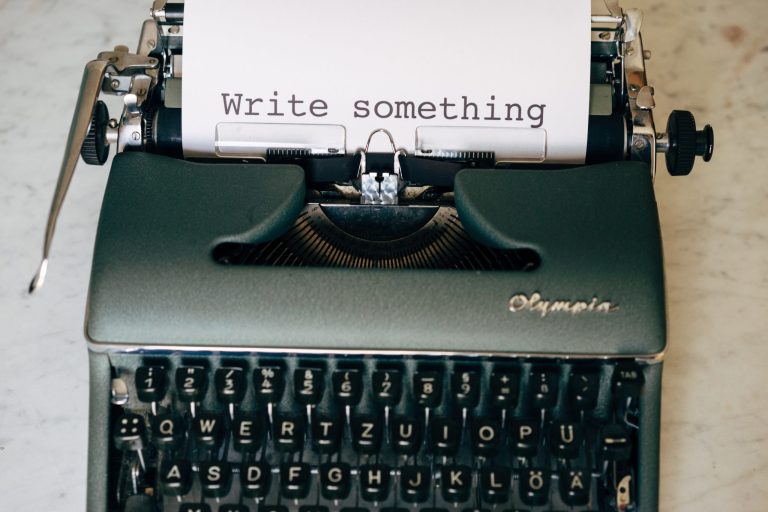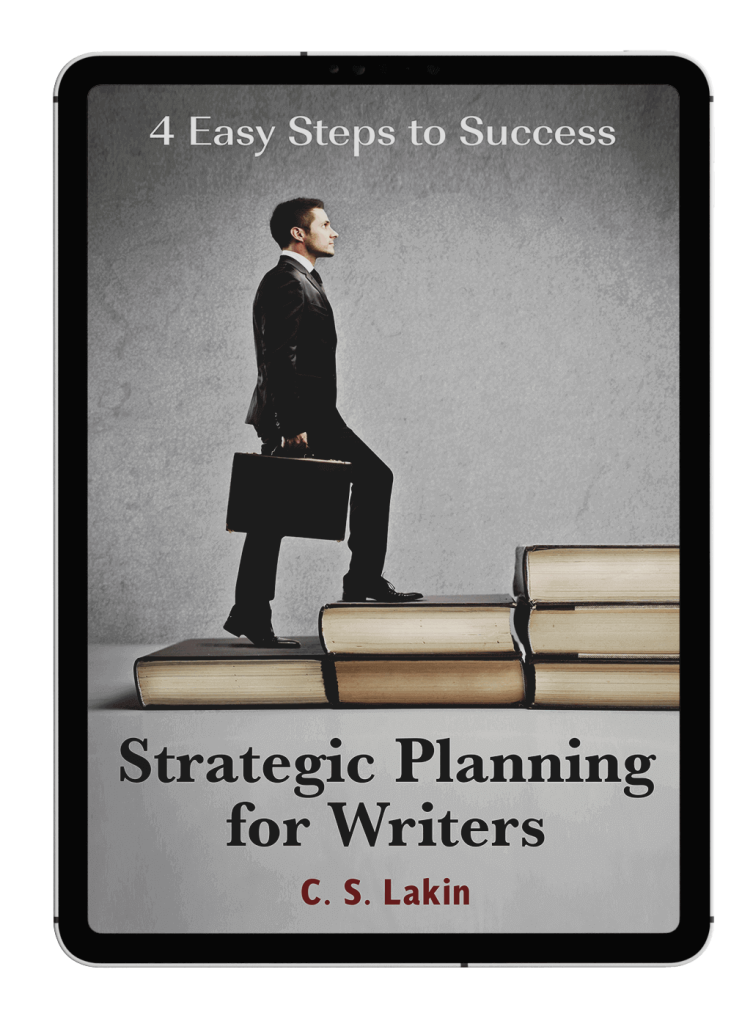How to Turn Good Dialogue into Great Dialogue
We fiction writers want to write terrific dialogue. After all, dialogue is the “make or break” element in a story. Writing it well can mean the difference between a manuscript’s being published and staying in a drawer collecting dust.
Dialogue is one of the most powerful, engaging, and memorable elements in fiction. So it behooves writers to learn all they can about how to turn good dialogue into great dialogue.
But, perhaps more than any other element of fiction, dialogue is dependent on good technique for it to really work—and it’s the only element of fiction that is doomed if it too closely resembles reality.
Realistic Dialogue?
That’s the secret that might not make sense: good dialogue never sounds realistic. It only fools us into thinking it does.
Dialogue in fiction is a stylized reduction of reality. It filters out the mundane, repetitive, and clunky syntax. It eliminates the “hemming and hawing” and typical whisker words and fillers like “um” and “uh.”
That doesn’t mean you can’t show characters saying, “uh” or having a habit of repeating certain words and phrases. Oftentimes it’s a great idea to give a character a quirky or repetitive way of speaking.
But there is a big difference between deliberate characterization in speech and ineffectively trying to “capture realistic dialogue” by mimicking verbatim the way most people talk.
Try this sometime: sit at a coffeeshop near people holding a conversation (don’t be obvious!). As they talk, write down every word you can (you may not be able to keep up, but that’s okay). Be sure to write down every sound—ums and huhs and uhs—to be as accurate as you can.
Later, take a look at what you wrote. Say it out loud. How does it sound to you? Probably not the kind of dialogue you want to have your characters saying in your stories, right?
Dialogue Is All about Character
If you want to write great dialogue and not just good dialogue, you really need to craft intriguing characters. If your characters are boring, no doubt their speech and what they have to say will be boring. It takes work to make characters fresh and unique, as well as to make them funny.

Humor is a huge part of great dialogue. That may seem odd, especially if we’re talking about a serious story. But even with the most serious stories, humor is needed to break up the tension and intensity.
A great example of a “heavy” novel with lots of humor is The Fault in Our Stars. The main characters are teens fighting cancer and hoping they won’t die at any moment. Such a plot would be too grim to read if the seriousness of the situation wasn’t balanced with humorous dialogue (and narrative).
When you create characters, pay attention to speech patterns, cadences, and slang use. A twelve-year-old doesn’t speak like his grandpa. Men and women often have different and recognizable speech. Educated vs. uneducated, modern vs. historical, foreign vs. domestic—these particulars and more will influence how your character speaks.
As you craft lines of dialogue, you are also building character. If the character is dishonest, the dialogue might take on words of avoidance or embellishment. If your character is naïve, she’ll speak differently than someone more experienced. What your character says and doesn’t say will present readers with clues to personality, fears, desires, and motives.
What to Say and Not Say
Learning what your characters should talk about and what they shouldn’t is not that easy. Most writers know that common conversations should be avoided (“How are you, Joan?” “Oh, I’m pretty good. How are you?” “Doing fine, doing fine.”), but sometimes we need to show the ordinary in discourse.
A lot should be said here about microtension and subtext, but that would make for a very long post. Check out my other blog posts on these topics, and work to infuse your dialogue with these elements, which create intrigue, curiosity, and surprise.
Good dialogue can heighten tension and create surprise. Through effective use of white space, THADs (Talking Heads Avoidance Devices), and beats, writers can avoid losing touch with the rest of the story while the characters are chatting—and even better, use these techniques to layer in meaning and metaphor.
Dialogue Mechanics
It is crucial to master the mechanics of good dialogue to keep the pacing steady and the story moving along. Here are some tips to do so:
1. Use speech tags sparingly and alternate them with action beats. Beginning writers often feel that they need to identify every speaker, every time, with a speech tag (“he said,” “she replied,” etc.). You don’t. Structure will identify the speaker in most cases, especially when there are only two people in a conversation—just start a new paragraph when a new person speaks or acts.
Conversely, though, when you have three or more characters in a scene, you need to be sure it’s clear who is speaking—every line.
2. Make sure that when you do use speech tags, you primarily stick with “said.” “Said” is invisible; most other tags aren’t. And beware of speech tags that are not speech tags. “Nodded” and “shrugged” are not forms of speech, so they can’t be used as dialogue tags. Neither is sighed, moaned, groaned, and the like. This is a surprisingly common gaffe. [In other words, don’t write: “Go away,” she sighed.]
3. Move your speech tags around. The end of a line of dialogue can be the best place for a speech tag, but often it’s better near the beginning, especially when the character has a lot to say. Tags should never come at the end of a long passage of dialogue.
4. Don’t use adverbs with speech verbs. Where dialogue technique is concerned, let the words convey their own tone. Don’t use an adverb to tell what the words clearly show. If the words don’t clearly show what they need to, consider rewriting them.
5. The Rule of Three for Dialogue. When you are learning to write dialogue, this “rule” may help keep the speeches and talking heads to a minimum. This Rule of Three states that whenever a character speaks three lines (sentences) of dialogue, you then switch to 1) the other speaker, 2) a beat of action, emotion, or inner thought or 3) a brief narrative. Following this model, after every three exchanges of words, switch to action, inner thought/emotion, or narrative, which includes description or flashback.
It’s easy to write boring, “on the nose” dialogue. Great dialogue takes work and thought. But if you spend time distilling that realistic dialogue down into tight, concise, and often clever wording, your scenes will pack a powerful punch.
Remember, less is more. That applies to dialogue too. Avoid overwriting and weak construction as you tackle your dialogue. You’ll see a huge improvement in your story as you conquer this fatal flaw.
Need to learn more to master great dialogue? Take my signature video course: 8 Weeks to Writing a Commercially Successful Novel. You’ll learn all the nuances and much, much more!
Featured Photo by Vince Fleming on Unsplash












A very helpful post. The point about the ‘rule of three’ is very useful.
When I critique a new writer, I can always tell they are inexperienced by the dialogue. It is usually ‘he said, she said’ at the end of the speech, every time, and often with adverbs.
Also, non-dialogue tags, as you say.